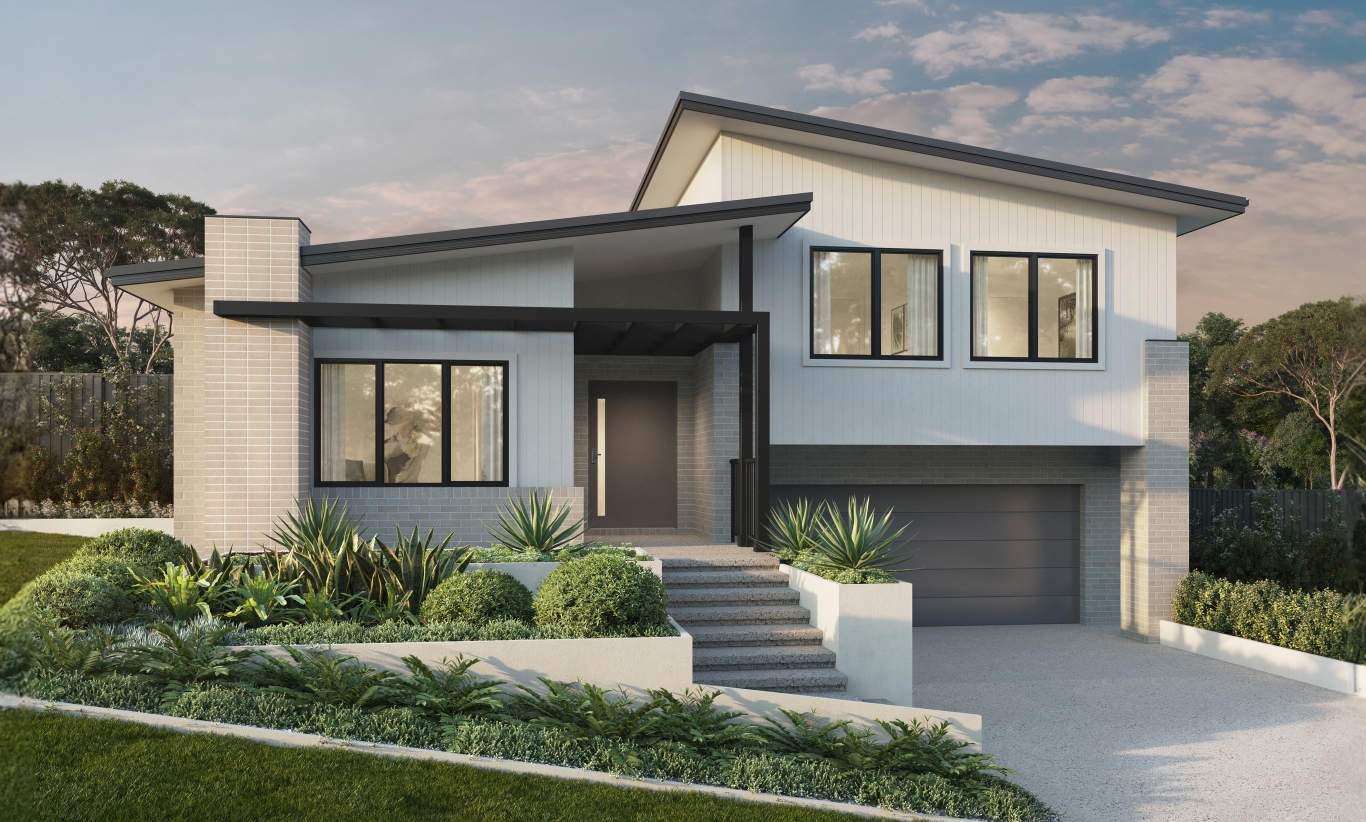Split-Level Home Interior Design: How to Decorate Every Floor

Split-level homes, a hallmark of mid-century modern architecture, offer a unique and dynamic living experience. Unlike traditional two-story or ranch-style homes, the split-level design divides the living space into multiple levels, typically separated by short flights of stairs. This layout creates distinct zones for living, sleeping, and recreation, but it can also present a decorating challenge. The key to mastering split-level home interior design lies in creating a cohesive flow while celebrating the separation of spaces. This comprehensive guide will walk you through how to decorate each floor to maximize both its individuality and its contribution to a harmonious whole.
Understanding the Split-Level Blueprint
Before diving into decor, it's crucial to understand the common layout of a split-level home. The most classic style is the tri-level, which consists of three main sections. You enter onto a middle landing, which is often on the same level as the main living areas like the kitchen, dining, and living rooms. A short flight of stairs leads up to the bedroom quarters, and another short flight leads down to a lower-level family room, garage, or utility space. Some larger models may have four or even five levels. Recognizing these zones is the first step in developing a targeted design strategy for each area. The goal is not to fight the architecture but to enhance its inherent charm by creating a sense of unity without monotony.
Foundational Principles for a Cohesive Look
While each level may have a different function, certain design principles should be applied throughout the entire home to ensure it feels connected and intentional.
Establish a Unified Color Palette
A consistent color scheme is the most powerful tool for creating flow in a split-level home. This doesn't mean every wall must be the same color. Instead, choose a palette of three to five colors and use them strategically throughout all levels. For example, you might select a neutral tone as your primary wall color, a slightly darker shade for accents, and two complementary colors for decor. Use your main neutral on the walls of the entry and stairwells, then carry it into the various rooms. The accent colors can be distributed in artwork, throw pillows, rugs, and accessories on different floors, visually tying the spaces together.
Maintain Consistent Flooring
One of the biggest mistakes in multi-level homes is using drastically different flooring on each floor. To promote a seamless transition, use the same or similar flooring material on all main traffic areas, particularly the entryway and the stairs themselves. Continuous hardwood, laminate, or luxury vinyl plank running through the entry, up the stairs, and into the main living and bedroom halls creates a strong visual thread. You can differentiate spaces with area rugs. If changing flooring isn't an option, ensure that any transitions are clean and that the colors of different materials complement each other.
Streamline Lighting Fixtures
A mix of mismatched light fixtures can make a home feel disjointed. Develop a lighting strategy that incorporates fixtures with a common element, such as similar finishes (e.g., brushed nickel, black, or oil-rubbed bronze), materials, or design styles. The fixture over your entryway table should conversationally relate to the chandelier in your dining room and the sconces in your hallway. This consistency subconsciously signals that all the spaces are part of a single, well-designed home.
Decorating the Entry and Middle Level
The middle level, where you typically first enter the home, is the heart of the house and often contains the kitchen, dining, and living rooms. It serves as the central hub that connects the upper and lower realms.
The Entry Landing: Making a First Impression
The entry point in a split-level is usually a small landing with stairs immediately going up and down. This area sets the tone for the entire home. Keep it clutter-free and bright. A console table with a mirror above it can make the compact space feel larger and brighter. Ensure there is adequate lighting, as this area can often be dark. A runner rug that continues up the stairs can add color and texture while guiding movement.
Open-Plan Living Areas: Defining Zones
Many split-levels feature an open-plan layout on the main floor. Use furniture and rugs to define the living, dining, and kitchen areas without building walls. A large area rug can anchor the living room furniture, while a light fixture can define the dining space. Maintain an open line of sight to preserve the airy feel of the mid-century design. Choose furniture with legs to create a sense of lightness and avoid bulky, oversized pieces that can overwhelm the space.
Designing the Upper-Level Private Quarters
The upper level is traditionally dedicated to bedrooms and bathrooms—the private retreats of the home. The design here should focus on comfort, tranquility, and personal expression.
Bedrooms: Personal Sanctuaries
While the bedrooms can have more individual character, try to maintain a connection to the overall home's color palette. You can do this by using the main neutral on the walls and incorporating the home’s accent colors in bedding, curtains, or artwork. This creates a peaceful retreat that still feels organically connected to the rest of the house. Prioritize storage solutions to keep these private areas tidy, as clutter can easily disrupt the calm atmosphere.
Hallways and Transitions
The hallway leading to the bedrooms is a critical transition space. It should feel like a natural extension of the home's design language. Continue the same flooring and wall color from the stairs. Use gallery walls with coordinated frames or a series of art prints to add personality and guide the way to the private rooms. Ensure hallways are well-lit with overhead lighting or wall sconces to create a safe and welcoming path.
Transforming the Lower-Level Recreation Space
The lower level of a split-level home is often a walk-out basement or a sunken family room. This space naturally lends itself to more casual, recreational activities and can handle darker, cozier colors than the levels above.
Creating a Casual Family Room
Embrace the cozy, cave-like feel of the lower level by using it as a media room, game room, or casual lounge. You can afford to be a bit more daring with color here—consider painting the walls a rich, deep tone like navy, charcoal, or forest green that might feel too heavy upstairs. This can make the space feel intimate and inviting. Continue the use of your overall accent colors in throws and pillows to maintain cohesion. Plush, comfortable seating and soft, layered lighting are key to making this a space where people want to relax.
Maximizing Functionality
Many lower levels also house laundry rooms, home offices, or storage. For these functional spaces, organization is paramount. Use built-in shelving, attractive baskets, and consistent labeling to keep things tidy. If your lower level has a door to the backyard, treat this area as a mudroom by adding benches, cubbies, and durable flooring to handle traffic from outside.
Addressing the Staircase: The Connecting Element
The stairs are not just a passageway; they are a central design feature that physically and visually links all the levels.
Styling the Stairway
Don’t neglect the staircase. A well-decorated stairway can become a stunning focal point. Paint the stair risers a crisp white or a bold accent color for a pop of personality. Hang a gallery wall of family photos or art along the stairwell wall, ensuring the frames are cohesive in style. This draws the eye upward and encourages movement between floors.
Safety and Style
Ensure the stairs are safe with a sturdy handrail and adequate lighting. Consider adding recessed step lights or a statement pendant light that illuminates the entire stairwell. A runner rug not only adds comfort and reduces noise but also reinforces the color scheme and guides the journey through the home.
By applying a consistent design language through color, materials, and lighting, you can master the unique layout of a split-level home. The result is a residence that feels thoughtfully unified yet celebrates the distinct character and purpose of each beautifully decorated floor.







